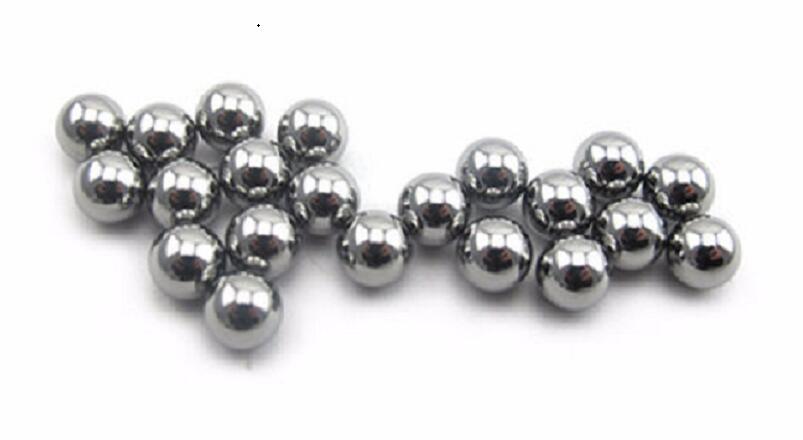Applications of Tungsten in the Military

Applications of Tungsten in the Military
The reason why tungsten is called a strategic resource is that it has extremely important and widespread applications in the military, especially in the modern military. So in this article, let's take a closer look at the applications of tungsten in the military.

Applications of Tungsten in the Military
As we know, the service life of steel barrels is not long. Therefore, in order to prolong the service life of the barrel, that is, to enhance the barrel's resistance to the corrosion of gunpowder burning, people added tungsten to gun steel as early as 1822.
By the time of World War I, German ordnance engineers had paid special attention to tungsten barrels. There are data records that at that time, the light machine guns of Russia and France could only fire about 6,000 rounds and were damaged, while the light machine guns of Germany could fire 15,000 rounds, which was more than doubled. To this day, the German ordnance industry is still well-known in the world. And tungsten steel has been applied to all kinds of military equipment.
In addition, tungsten is also the most widely used and consumed tool material, which can improve the production efficiency of the arms industry. How can the cutting speed of tool steel be increased by 50%? In 1864, an Englishman named Machette did it. For the first time, he added 5% tungsten to tool steel to increase the cutting speed by 50%. This tungsten-containing tool steel is the high-speed steel that people often say nowadays.
Let's look at another example, tungsten-containing structural steel, a steel with a tungsten content of only about 1% but with extremely significant improvements in the performance of steel. If you ask what kind of steel is mostly used in modern weapons? One of them is tungsten-containing structural steel. For example, 18CrZNi4WA steel with excellent mechanical properties and great hardenability is widely used in the manufacture of heavy-duty abrasive parts for aero engines and high-speed diesel engines. For another example, the gun steel PCrW and PCrNIW, which can effectively overcome the tendency of temper brittleness and improve the strength and hardenability of steel, are specially used to manufacture large-caliber thick-walled artillery barrels.
In addition to those, what other military applications does tungsten have? For example, tungsten alloy armor-piercing projectile cores are used to deal with composite armor. Since the 1970s, tungsten alloy bullet cores have been widely used in large-caliber shelling armor-piercing projectiles and have become one of the main threats to contemporary main battle tanks. This is because the density of tungsten alloy is twice higher than that of steel, and it has good compression and deformation resistance, which can reduce the diameter of the bullet core. In this way, the same force acting on a smaller area can greatly increase the penetration power of the armor-piercing projectile. However, the main problem of the tungsten alloy armor-piercing projectile core is that it is brittle and easy to break when penetrating the armor plate, which is not conducive to dealing with multi-layered space armor.
Conclusion
Thank you for reading our article and we hope it can help you have a better understanding of the applications of tungsten in the military. If you want to learn more about tungsten or other refractory metals, we would like to advise you to visit Advanced Refractory Metals (ARM) for more information.
Headquartered in Lake Forest, California, USA, Advanced Refractory Metals (ARM) is a leading manufacturer & supplier of refractory metals & alloys across the world. It provides customers with high-quality refractory metals & alloys such as molybdenum, tantalum, rhenium, tungsten, titanium, and zirconium at a very competitive price.
{{item.content}}
LEVE A REPLY
{{item.children[0].content}}
{{item.content}}






